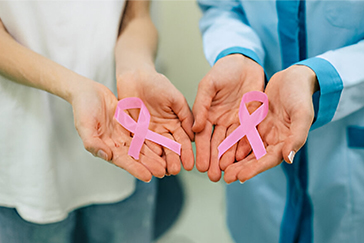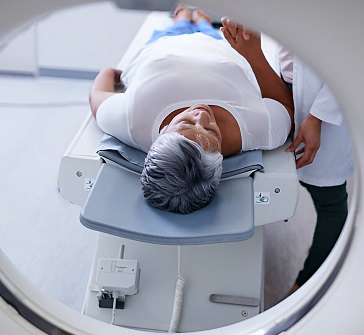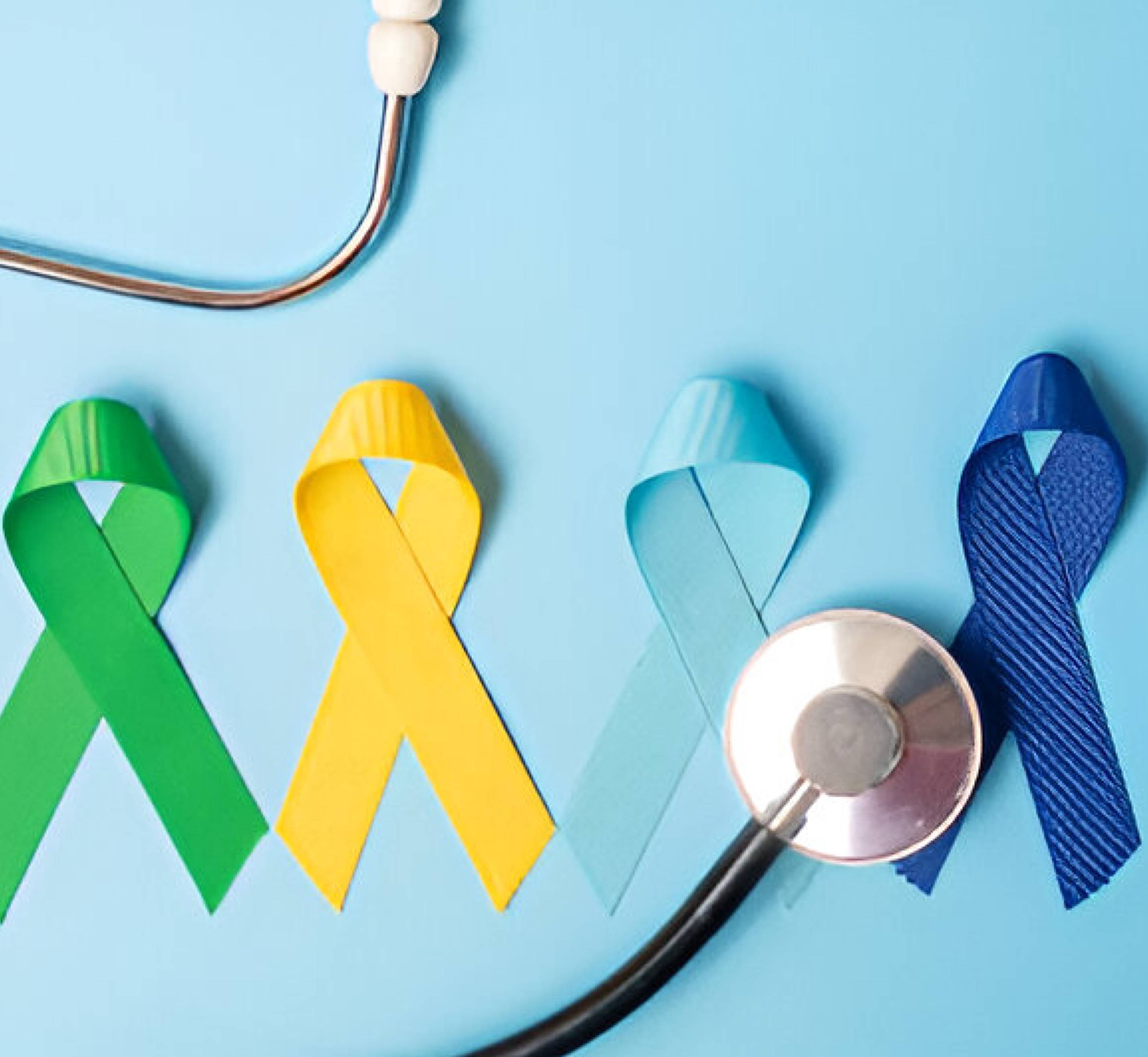 Book Appt.
Book Appt.
 Call Now
Call Now


Lung Cancer accounts for 12.2 percent of all cancers affecting people across the globe. Smoking is the leading cause, accounting for 90 percent of lung cancer cases in males and 80 percent in females. In India, lung cancer has an incidence rate of 5.9 percent. Most of the patients who are diagnosed are in the age group of 65 years and above, however, it can also affect those below 45 years of age.
What is Lung Cancer?
Lung Cancer is one of the leading forms of cancer, that originates from the cells found within the lungs. Lung Cancers are broadly classified into two different types - Small Cell Lung Cancer and Non-Small Cell Lung Cancer. Lung cancer is classified into three different grades - Grade 1, Grade 2, and Grade 3. SCLC or small cell lung carcinoma happens to be the most aggressive form of lung cancer, whereas NSCLC, or non-small cell Lung Cancer happens to be the most common type.
What are the symptoms of Lung Cancer?
Various symptoms that can point towards the possibility of Lung Cancer include:
When should you see a Specialist?
It is advisable to see a specialist as soon as you detect any of the above-mentioned symptoms. All these just points towards the possibility of you having Lung Cancer but are not definitive. In order to confirm whether a patient has Lung Cancer or not, doctors perform some physical examinations and tests. The sooner you consult a specialist, the quicker your diagnosis will be leading to better treatment outcomes.
What causes Lung Cancer?
Smoking is one of the leading known causes of Lung Cancer and so is passive smoke. It releases carcinogenic chemicals, which can damage the cells lining the lungs, and induce DNA changes that can disrupt normal cell multiplication. This can make the cells grow at a much faster pace. The abnormal cells continue to accumulate in the body resulting in the formation of a mass or tumor. There are several other factors that can trigger such changes in the DNA. These include:
Modalities used for the diagnosis of Lung Cancer
Treatment options available for Lung Cancer
SHALBY Sanar International Hospitals provides extensive medical procedures backed up with our state-of-the-art technology and a team of highly qualified & experienced clinical experts.

Grade 2 Endometrium Cancer | Ms. Robiyakhon | Uzbekistan | Dr. Archit Pandit | SHALBY Sanar

Male Breast Cancer Recovery Story | Dr. Archit Pandit | Cameroon | SHALBY Sanar

Ms. Nafisa’s Inspiring Breast Cancer Recovery | Dr. Archit Pandit | Uzbekistan | SHALBY Sanar International Hospitals

Stage4 colon cancer is curable - Colon cancer with liver metastasis | Kenya | Dr Archit Pandit

Patient from Kenya Treated by Dr. Archit Pandit | SHALBY Sanar International Hospitals

Double Cancer Victory: Mrs. Salma Kapoor's Inspiring Recovery Story | Dr. Archit Pandit

Patient from Uzbekistan Treated by Dr. Archit Pandit | SHALBY Sanar International Hospitals

Patient from Uzbekistan Treated by Dr. Archit Pandit | SHALBY Sanar International Hospitals

Successful Carcinoma Buccal Mucosa Surgery of a Patient from Nigeria by Dr. Archit Pandit

Successful Colon Cancer Surgery of Mr. Faraidun Kaka Bra Amin Amin's from Iraq | Dr Archit Pandit

Miraculous Recovery of a patient from Uzbekistan battling Ovarian Cancer | Dr. Archit Pandit

Successful Cancer Detection & Surgery by Dr. Archit Pandit | SHALBY SHALBY Sanar International Hospitals

Successful Colon Cancer Treatment of a patient from Iraq by Dr Archit Pandit | Surgical Oncology

Successful Glottis Mass & Carcinoma Vocal Cord Treatment of a patient from Iraq by Dr Archit Pandit

Successful Stage 4 Colon Cancer Treatment of a patient from Kenya by Dr Archit Pandit

Surviving the Odds: 56-Year-Old's Journey with Recurrent Carcinoma Vocal Cord | Dr. Archit Pandit

Surviving Recto-Sigmoid Cancer: Mr. Syamand Ahmed's Inspiring Journey

Success Story: Iraqi Patient's Liver Tumour Treatment at SHALBY Sanar International Hospitals

Cytoreductive Surgery Success: Iraqi Patient's 30cm Ovarian Tumor Removed Safely

Beating Liver Cancer: Mr. Abdirashid's Inspiring Story

Ms. Nejood's Success Over Pancreatic Cancer: A Remarkable Journey

Transforming Smiles: Revolutionary Buccal Commando Procedure

Wide Local Excision Surgery & Microvascular Reconstruction of a Cancer patient

Successful Surgery of Esophgeal Cancer

Successful Lung Cancer Surgery of Ms. Jerioth Wanjiru from Kenya

Para Thyroidectomy on Pt Jawad Kadhim Tweli from Iraq

Dr Archit Pandit discusses the fascinating case of Geeta Rani
Our doctors pen down their research findings and experiences from time to time. Their words provide deep insight into the latest techniques, technologies and other advancements in healthcare. It provides expert answers to all kinds of health questions for real-life issues.
VIEW ALL




Since the day of its foundation, SHALBY Sanar International Hospitals is committed to provide comprehensive healthcare services. It regularly organizes awareness programs in its premises and encourages outdoor healthcare activities and camps with an intent to put focus on preventive healthcare.
VIEW ALL